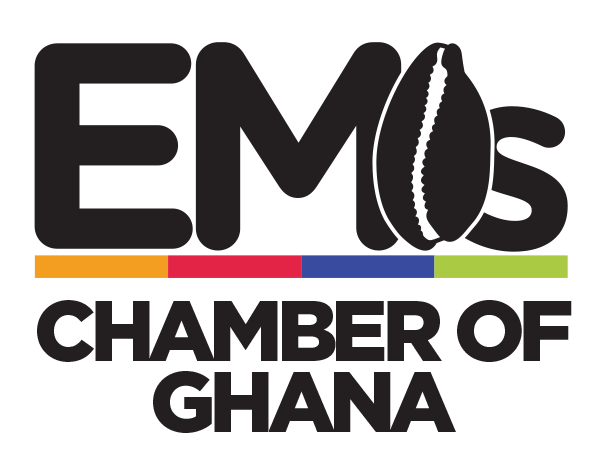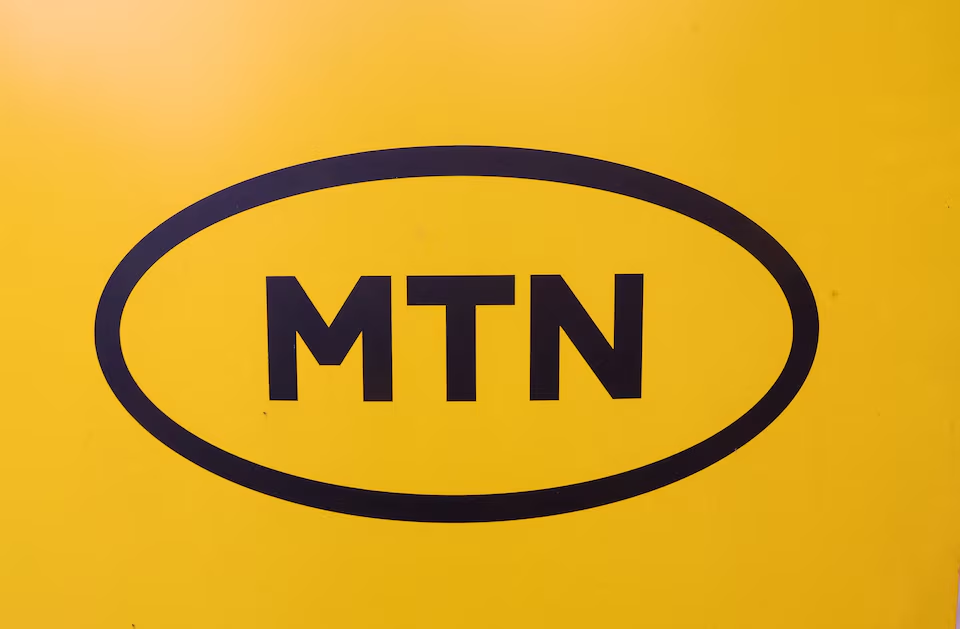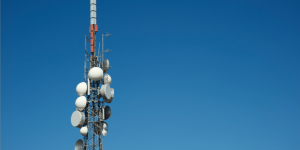The report highlights significant disparities in mobile internet accessibility among different regions. In North America and East Asia & Pacific, 69% of smartphone users utilize 4G-enabled devices, whereas in Sub-Saharan Africa and the Middle East and North Africa, a significant proportion of mobile users continue to rely on 3G connectivity.
While the growth of mobile internet usage is noteworthy, around 3.4 billion individuals still lack access to the internet. GSMA’s data indicates that 38% of the global population resides in areas with mobile broadband access but does not utilize it. This digital connectivity gap is particularly prominent in Sub-Saharan Africa and South Asia, where 59% and 52% of the population, respectively, remain offline.
Another significant finding from the report is that approximately 600 million people, equivalent to 8% of the world’s population, continue to access the internet through feature phones. Additionally, various barriers to expanding mobile internet usage include issues related to digital skills, literacy, safety concerns, and the availability of relevant content, which hinder smartphone users from fully harnessing their devices for internet access.
Mats Granryd, the Director General of GSMA, emphasizes that the lack of connectivity deprives billions of people of access to essential services and income-generating opportunities, disproportionately affecting economically disadvantaged, less educated, rural, and female users. Granryd calls for urgent action to accelerate digital inclusion and remove barriers to prevent the digital divide from widening further, particularly in the face of rising costs of living and climate-related emergencies.
Source: Onsa Mustafa




